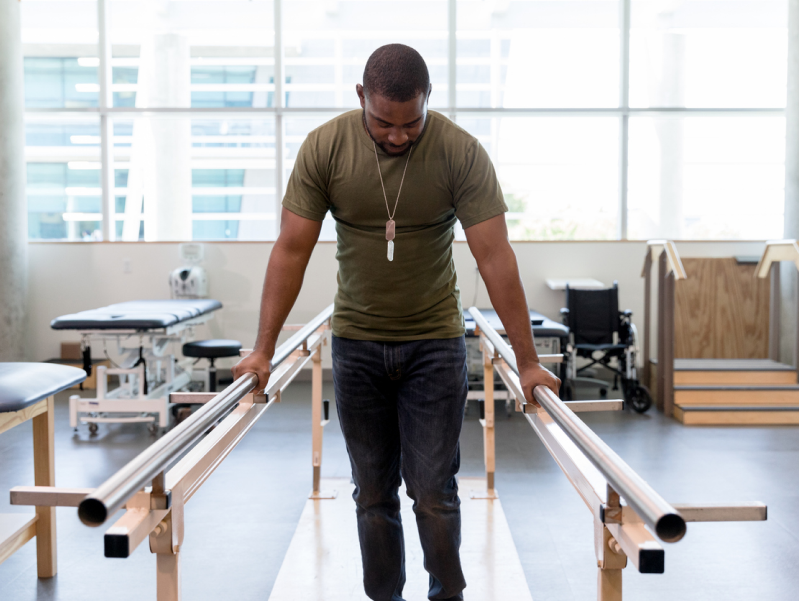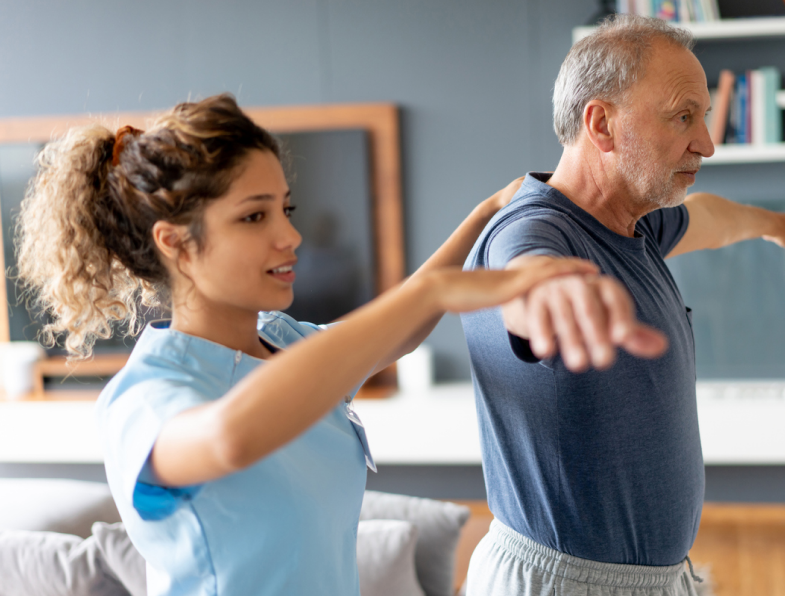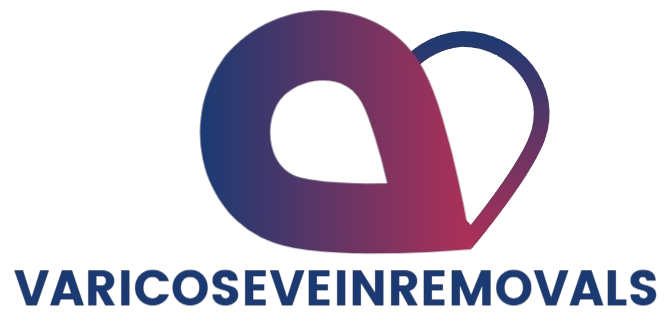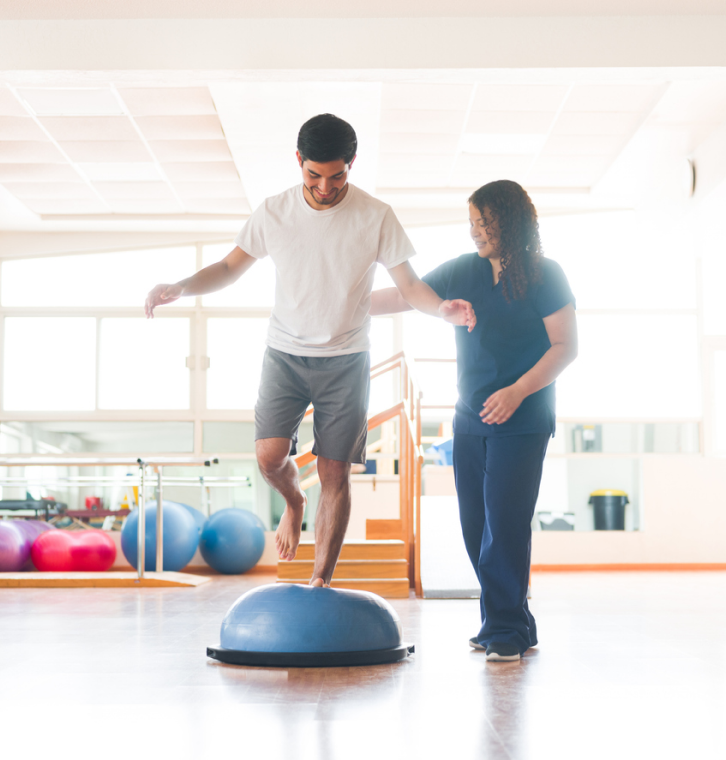Walking might seem like second nature, something we rarely think about—until it becomes a challenge. Gait and balance are fundamental to everyday mobility, yet many people face disruptions in these areas due to age, injury, or illness. At ATI Physical Therapy, helping individuals restore their ability to walk confidently and maintain stability is a central focus of care. Through targeted physical therapy, we help patients regain independence, reduce fall risk, and enhance overall quality of life.
What Are Gait and Balance?
Gait refers to the way a person walks—the rhythm, speed, and coordination of each step. Balance, on the other hand, is the body’s ability to remain stable while standing, walking, or changing positions. Together, gait and balance are key indicators of a person’s physical function. When either is impaired, it can lead to difficulty moving safely and efficiently, increasing the risk of falls and injuries.
When Things Go Off Balance
Gait and balance disorders can present in various ways—from a slight wobble while standing still to significant instability during walking. People experiencing these issues may shuffle their feet, stagger, sway while standing, or suffer frequent falls. These symptoms don’t just disrupt physical health; they can also take an emotional toll, leading to anxiety, loss of confidence, and reduced social participation.

What Causes Gait and Balance Problems?
A wide range of factors can disrupt gait and balance, and the cause often guides the type of treatment required. Common culprits include:
- Neurological conditions such as Parkinson’s disease, multiple sclerosis, or the aftermath of a stroke, all of which affect muscle control and coordination.
- Muscle weakness or joint stiffness, often resulting from disuse, injury, or chronic illness.
- Vestibular disorders, which impact the inner ear and disrupt your sense of balance.
- Orthopedic conditions like arthritis, which restrict joint movement and flexibility.
- Injuries to the legs, hips, spine, or brain, including sprains, fractures, or traumatic brain injuries.
- Age-related changes, including muscle loss, slower reflexes, or vision deterioration, can naturally compromise gait and balance over time.
Recognizing the Warning Signs
People may first notice trouble when they feel dizzy, unsteady, or unsure on their feet. Others might experience:
- A slow or uneven walking pattern
- Trouble coordinating steps, especially on stairs or uneven surfaces
- Frequent tripping or stumbling
- A fear of falling that limits activity
- Lightheadedness or difficulty standing still without swaying
Early intervention is key. If you notice these signs in yourself or a loved one, it’s time to consider professional evaluation.
The Role of Physical Therapy in Recovery
At ATI Physical Therapy, our specialized gait and balance therapy programs are designed to restore control, coordination, and confidence. Our approach is tailored to each individual’s needs and goals, beginning with a comprehensive assessment to identify the underlying cause of impairment.
Treatment may involve:
- Injury screenings to pinpoint problem areas
- Online physical therapy for those who prefer or require remote access to care
- Vestibular rehabilitation therapy for inner ear and balance-related disorders
- Pediatric therapy for children with developmental movement delays
- Post-injury and post-surgical rehabilitation for trauma-related gait disruptions
- Sports medicine for athletes recovering from injuries that impact their stride
- Work injury rehab for those recovering from job-related incidents affecting mobility
In some cases, advanced techniques like the Graston Technique—a form of soft-tissue mobilization—may be used to treat chronic musculoskeletal issues contributing to instability.

FAQs: Common Questions About Gait and Balance
What increases my risk of gait and balance problems?
Risk factors include aging, chronic medical conditions, previous injuries, neurological disorders, and sedentary lifestyles.
Can gait and balance issues be prevented?
Yes, to some extent. Staying physically active, maintaining strong core and leg muscles, practicing balance exercises, and addressing medical conditions early can all reduce risk.
How do I improve my gait and balance?
Start with a professional assessment. Physical therapy programs may include strength training, balance exercises, posture correction, and mobility drills tailored to your needs.
What are the benefits of therapy for gait and balance?
Benefits include improved mobility, reduced risk of falls, better coordination, increased independence, and often, renewed confidence in everyday movement.
Taking the Next Step
Whether you’re recovering from an injury, managing a chronic condition, or noticing the subtle effects of aging, it’s never too early—or too late—to focus on your movement health. At ATI, our experienced therapists are committed to guiding you every step of the way, from the first evaluation to your return to walking strong and steady.
Gait and balance may not grab headlines, but they’re central to how we live, work, and connect with the world around us. When these abilities are disrupted, the right support can make all the difference. Let us help you find your footing again—one step at a time.



